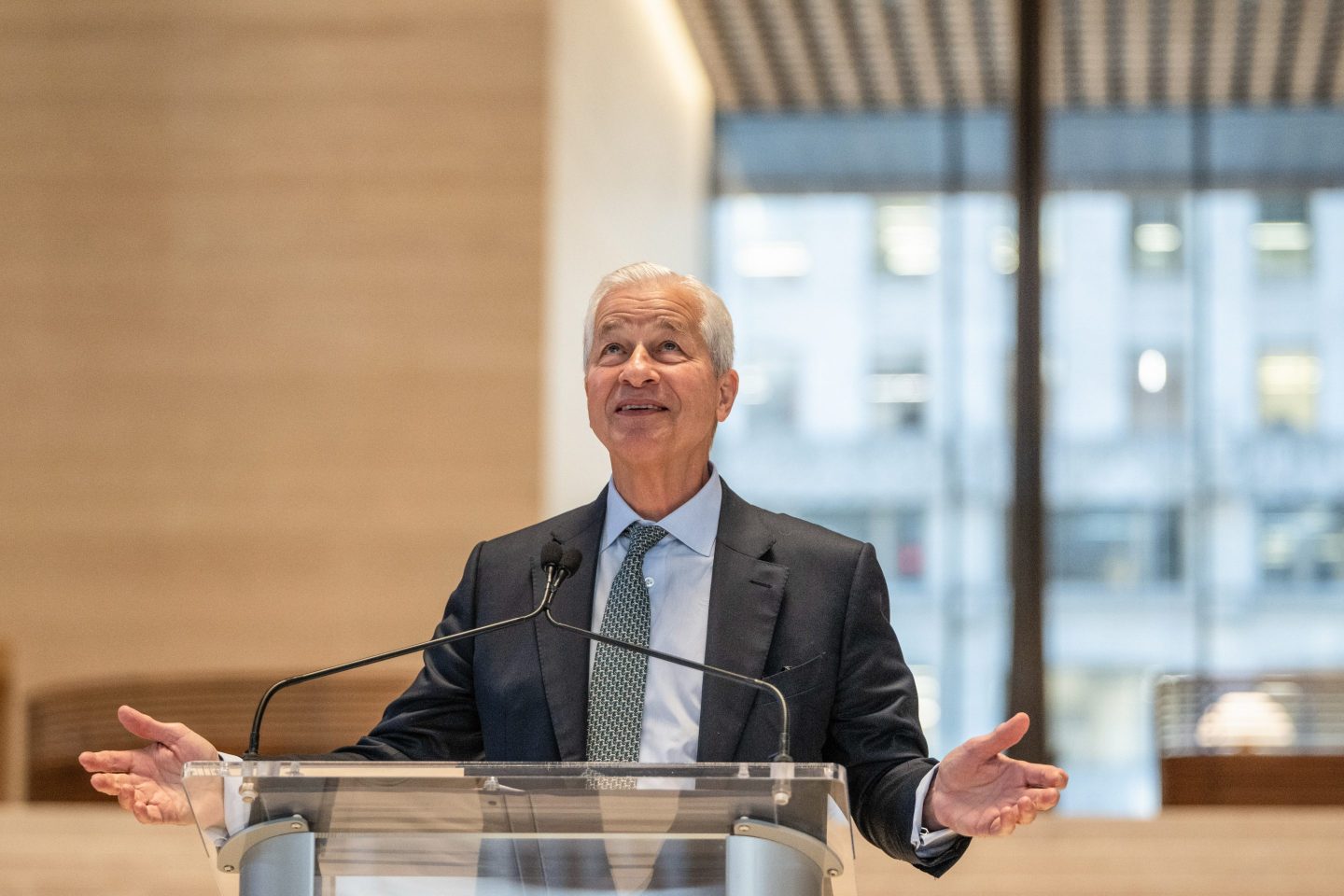Algorithms are exerting a growing influence over our daily lives and, in many cases, they can perpetuate bias. A recent Oxford University study, for instance, warns that so-called algorithmic discrimination—in which historical prejudices are baked into a computer’s decision making—can creep into everything from housing to employment.
But in at least one case—the field of mortgage lending—it appears the use of algorithms can reduce discrimination against certain groups, including gay couples and people of color.
A recent study published by the National Bureau of Economic Research found that traditional mortgage lenders are inclined to reject minority applicants at a rate 6% higher than those with comparable economic backgrounds. But when the application was online, and an algorithm made the decision, the acceptance and rejection rates were the same.
“Algorithms are programmed not to leave money on the table. That’s why, if you have a qualified borrower, you’re not seeing rejection based on discrimination,” said Robert Bartlett, a University of California at Berkeley law professor who co-authored the study.
It also appears that borrowers from minority communities have embraced the idea that algorithms will provide more of a fair shake than in-person mortgage lenders.
According to recent figures from online mortgage service Better.com, its customer base in 2019 was dominated by groups like single women, minorities, and LGBT couples—all of whom have lower rates of home ownership, and have faced historical bias by lenders. Better’s figures, for instance, cite a five-fold increase in Hispanic and African-American borrowers between the ages of 30 and 40 on its platform over the last year.
CEO Vishal Garg says he founded Better in 2016 out of frustration with the traditional mortgage process that caused he and his wife to lose out on a home in New York City after waiting for weeks to get an approval. Garg told Fortune he is gratified that traditionally underserved groups have flocked to Better even though the company has not been specifically targeting them in its ads.
“We’re seeing a lot of people who are wanting to get a mortgage without the friction and possible discrimination that goes with the traditional process,” said Garg.
Automated mortgage lending is far from perfect, however, as the NBER study shows that, on average, minority lenders still pay higher rates—though the disparity is not as high as with in-person lending.
According to the study, minority borrowers collectively pay 5.3 basis points, or 0.053%, more than other borrowers. This figure is nonetheless 40% lower than traditional mortgage lending, where the study found minority borrowers paid 7.9 basis points more on average—the so-called “discrimination premium.”
Bartlett, the Berkeley professor, attributes the rate discrepancy to fintech companies programming their algorithms to infer that minority applicants are less likely to shop around, and therefore propose higher rates. In such cases, the algorithms are not programmed to offer price decisions based on race or ethnicity, but rather on factors such as education level that can correlate with those.
Applicants do not have to disclose race or ethnicity but the mortgage process at Better and others sites offers an option to do so voluntarily.
Nicol Turner Lee, a PhD fellow at the Brookings Institution who studies the intersection of technology and race, described the higher mortgage approval rates from automated lending as good news, but added lenders need to tread cautiously when it comes to data.
“What we know about algorithmic bias is that computer models aren’t intentionally introducing bias, but that they rely on historical data that often reflects historical prejudice,” she said.
All of this reflects how the growing use of algorithms in financial services can produce results that are positive, negative or simply unpredictable.
A further example can be found in the controversy last month over Apple’s new credit card. An uproar ensued after a programmer described the card as “sexist” after Apple offered his wife a much lower credit limit despite her owning similar assets and commanding a better credit score. But when Fortune‘s Jen Wieczner applied for the card, she discovered Apple offered her a much higher limit than her husband despite the pair having a similar financial profile.
All of this underscores how companies are embracing algorithms as a means of making critical decisions, even as the implications of doing so remain unclear.
More must-read stories from Fortune:
—7 companies founded in the last 10 years that you now can’t live without
—The world’s fourth-largest economy is going cashless
—2020 Crystal Ball: Predictions for the economy, politics, technology, etc.
—Can tech save the air travel industry from its delay problem?
—How to make sure your in-flight Wi-Fi isn’t terrible
Catch up with Data Sheet, Fortune’s daily digest on the business of tech.











